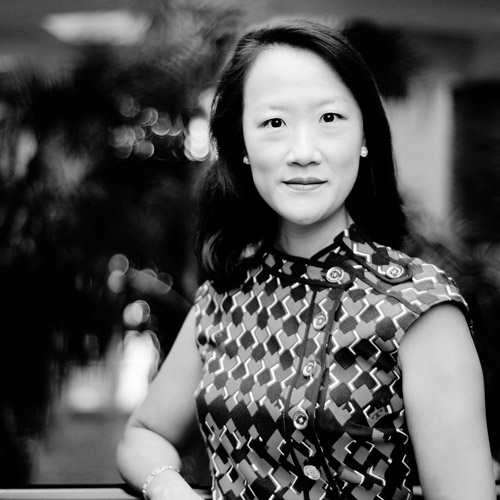It was 2014 when Shawn Stevens joined Michael Kors, a year in which the ready-to-wear and luxury accessories company was experiencing rapid expansion. However, even as the company’s products were moving into scores of markets around the world, Michael Kors lacked a unified, enterprise-wide procurement system. Stevens was hired to change all of that. “We were building new stores, had just launched our e-commerce site, and were entering new global regions. But back-office functions were still very manual,” says the vice president of global procurement.
To start, Stevens spent much of his time defining baselines, such as determining the costs of indirect goods and services, identifying the number of different supplier partners, and pinpointing redundancies. He and his team also conducted extensive research into budgets and financials in order to fully understand global functions and structures.
Much of this approach was based on Stevens’s experience working at Toyota with the automobile company’s concept of kaizen, a Japanese business philosophy based on continuous improvement of working practices and personal efficiency. One of its pillars is based on building close relationships with internal stakeholders and external suppliers. Such connections facilitate the creation of trusting partnerships with shared objectives that will ultimately deliver value to all parties.
To accomplish this, Stevens encourages his teams to do a great deal of listening. “By truly engaging and understanding partners’ struggles and goals, we were able to put a story to all the data we were collecting,” he explains. “Everyone brings their own unique perspective to what ‘value’ means, so we were well on our way to developing a very successful road map to drive significant value back to the business.”
As these plans took shape, he also focused on ongoing change management to support the success of the procurement initiative. This ranged from care in choosing a name for the new department—global procurement, indicating comprehensive functions as opposed to global sourcing—to developing success metrics, which is another element of the kaizen approach. These metrics include comparing the number of employees to completed departmental projects, return on investment, total cost of ownership, and payment terms to vendors—all of which were to be shared internally.
“Success metrics are important because they demonstrate how we’re aligned with existing needs and force us to prove our value, just like any other business unit,” Stevens says.
Once all of these pieces were put in place, the company was able to launch its first global source-to-settle, cloud-based platform in 2015—completed in less than twelve months. This was accomplished successfully by introducing a variety of different business-critical modules such as upstream functions—including risk management and sourcing—and downstream functionality covering procure-to-pay systems.
All of the modules introduced comprehensive system automation and enterprise visibility that can be accessible via mobile devices. In some departments, that meant being able to replace processes that had previously relied on spreadsheets, managing paper invoices, and mailing checks to suppliers.
With so much accomplished in a relatively short time frame, Stevens still describes it as a “very controlled release.” This includes presenting users with prescribed, limited functionality. However, initial reports have been positive. “Many people are coming back saying, ‘It would be nice if the system could also do A, B, and C,’ which it can. But we have to introduce functionality gradually so that users aren’t overwhelmed and resources can be effectively prioritized,” he explains.
Stevens succeeded in creating a global procurement platform where virtually nothing existed before. His collaborative approach to developing extensive templates, business cases, and partnerships helps teams fully understand Michael Kors’s functions and priorities. Now it can be used as a standard for evaluating future IT systems and upgrades within the forward-thinking organization.

